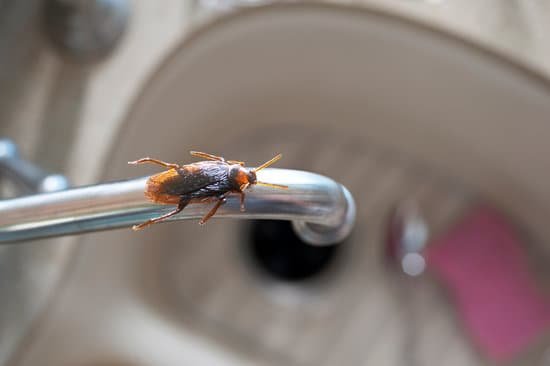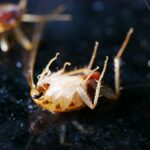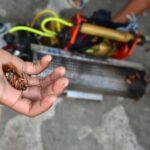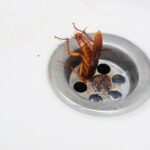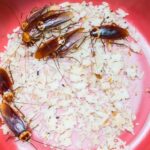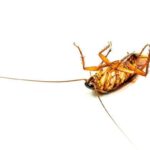How Are Cockroaches So Strong?
Cockroaches have an amazing exoskeleton, and their body is made up of overlapping plates and membranes that stretch under pressure. These characteristics help them squeeze into small spaces and hide from predators. Their tiny body can fit through cracks and crevices, and their exoskeleton allows them to change shape. They also don’t seem to be discouraged by external factors.
Cockroaches are amazingly flexible, especially considering that they have an average size of just 12 millimeters. They can squeeze through gaps as small as 3 millimeters, and their exoskeleton consists of jointed plates that allow them to move in many different directions. Cockroaches are also very fast, with the ability to run sixty centimeters per second or about 20 body lengths per second.
Cockroaches’ strength is one of the factors that make them so resistant to pesticides. Their robust exoskeletons withstand forces up to nine hundred times the weight of their body. These qualities allow them to resist even a newspaper slap. Cockroaches also have a quick reproductive cycle, which allows them to become resistant to pesticides within a single generation.
Cockroaches also have highly evolved immune systems. Cockroaches have an extensive repertoire of genes, including those that help them detect and smell different kinds of food. In fact, the American cockroach has more than 154 olfactory receptors and 544 gustatory receptors. They are also very adaptable when it comes to food, as they will eat a variety of foodstuffs, including meat and cheese. They also have an abundance of genes that are responsible for their development. For example, the American cockroach has genes for building the exoskeleton and producing juvenile hormones.
